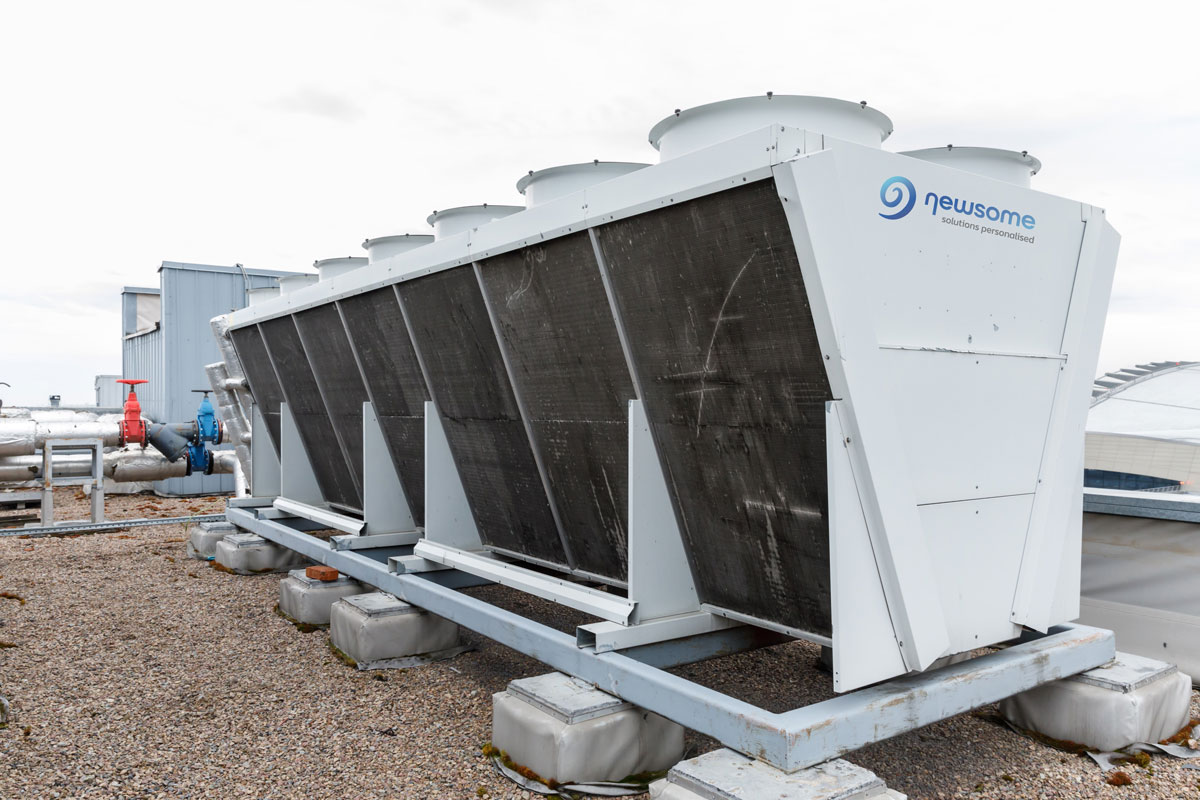Adiabatic cooling is a fundamental concept in thermodynamics that describes the process by which the temperature of a substance decreases as it expands without gaining or losing heat to its surroundings. This phenomenon occurs when a gas expands in a manner that is rapid enough to prevent significant heat exchange with the environment. Adiabatic cooling plays a crucial role in various natural and engineered systems, from weather patterns to industrial processes, and understanding its principles is essential for a wide range of applications.
To comprehend adiabatic cooling, it’s important to first grasp the concept of adiabatic processes. An adiabatic process is one in which there is no transfer of heat between the system and its surroundings. This can occur either by rapid expansion or compression of a gas, with the key characteristic being that the process happens so quickly that there’s insufficient time for heat transfer to occur.
In the case of adiabatic cooling, the focus is on the expansion of a gas. When a gas expands, it performs work on its surroundings, leading to a decrease in its internal energy. According to the first law of thermodynamics, which states that energy cannot be created or destroyed, the decrease in internal energy of the gas must be accompanied by a corresponding decrease in its temperature.
Imagine a scenario where a gas is confined within a piston-cylinder arrangement, and the piston suddenly moves upwards, allowing the gas to expand against the external pressure. As the gas expands, it does work on the piston, causing the gas to cool down. This cooling effect is a result of the gas molecules losing kinetic energy as they push against the piston, leading to a reduction in their average speed and thus a decrease in temperature.
Adiabatic cooling is not limited to idealised laboratory setups; it also occurs in various natural phenomena. One prominent example is the cooling of air as it rises in the atmosphere. When air parcels ascend due to factors like convection or orographic lifting, they experience a decrease in pressure with altitude. As the pressure drops, the air expands adiabatically, leading to a decrease in temperature known as adiabatic lapse rate. This phenomenon is responsible for the formation of clouds, precipitation, and weather patterns.
In meteorology, adiabatic cooling is a fundamental principle used to explain the behaviour of air masses in the atmosphere. The dry adiabatic lapse rate, which describes the rate at which unsaturated air cools as it rises, is approximately 9.8°C per kilometer. This means that for every kilometer of ascent, the temperature of a rising parcel of dry air decreases by around 9.8°C due to adiabatic expansion. Understanding these temperature changes is crucial for predicting weather phenomena such as thunderstorms, clouds, and atmospheric stability.
Adiabatic cooling systems
Adiabatic cooling also finds applications in various industrial processes and technologies. For example, in gas turbines used for power generation, air is compressed and then heated before expansion through a turbine. During the expansion process, adiabatic cooling occurs, contributing to the overall efficiency of the turbine by lowering the temperature of the exhaust gases. Similarly, in refrigeration systems, adiabatic expansion is utilised to achieve lower temperatures within the refrigerant cycle, leading to the cooling of the desired space or substance. (adiabatic coolers )
Adiabatic Cooling Towers
Furthermore, adiabatic cooling plays a role in environmental engineering, particularly in the design of adiabatic cooling towers for thermal power plants and industrial facilities. In a cooling tower, hot water or steam is sprayed into the tower, where it comes into contact with ambient air. As the water droplets evaporate, they absorb heat from the surrounding air, leading to adiabatic cooling and the removal of excess heat from the system. This process helps to maintain optimal operating temperatures for machinery and equipment while minimising energy consumption.
Adiabatic cooling is a fundamental concept in thermodynamics with wide-ranging applications in meteorology, engineering, and environmental science. Whether it’s the cooling of air parcels in the atmosphere, the efficiency improvements in industrial processes, or the design of cooling systems for power plants, understanding the principles of adiabatic cooling is essential for optimising performance and efficiency across various domains. As technology continues to advance, further exploration of adiabatic cooling phenomena promises to unlock new opportunities for innovation and sustainability in diverse fields.

